The 10 Best Airports Globally — And 10 That Miss The Mark

Airports can set the tone for an entire trip. Some elevate the travel experience with sleek design, efficient service, and thoughtful amenities. Others? Not so much. Between chaotic terminals, endless delays, and lackluster facilities, certain airports leave travelers more stressed than inspired.
Whether you’re chasing new adventures or just trying to make your layover bearable, knowing which hubs stand out—and which ones fall flat—can make all the difference.
1. Singapore Changi Airport (SIN)
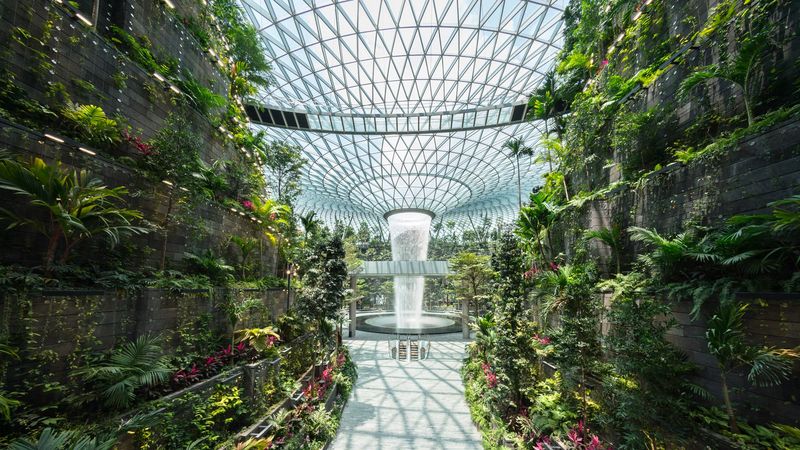
Imagine a travel hub where you can watch movies for free and stroll through butterfly gardens between flights. Singapore Changi Airport redefines what an airport can be with its waterfalls, sunflower fields, and swimming pool.
Travelers consistently rank it as the world’s best for good reason – where else can you find a four-story slide and forest valley indoors?
2. Hamad International Airport, Doha (DOH)
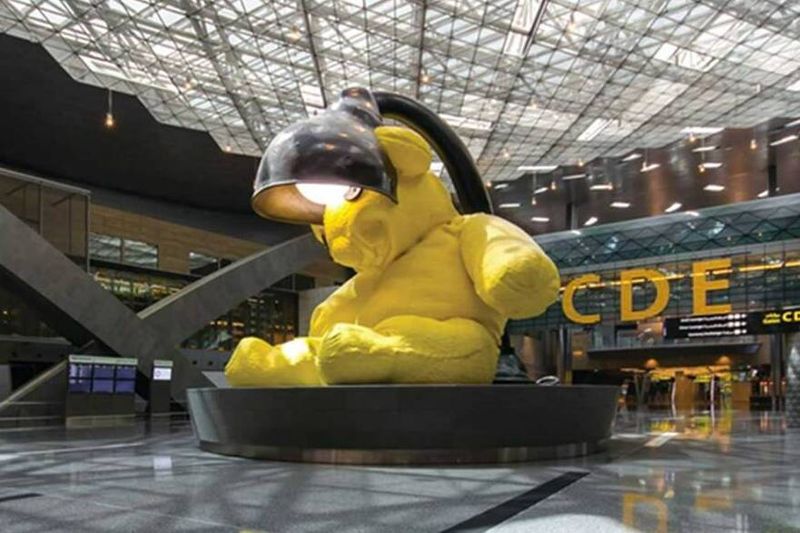
Gleaming with luxury at every turn, this Middle Eastern marvel features a 23-foot bronze teddy bear sculpture that has become an iconic meeting point. Hamad International Airport blends cutting-edge design with Arabian hospitality.
Tourists enjoy duty-free shopping rivaling high-end malls, while Qatar Airways’ business class lounge offers spa treatments and gourmet dining between connections.
3. Tokyo Haneda Airport (HND)

Clockwork precision defines this gateway to Japan, where trains arrive exactly on schedule and security lines move with remarkable efficiency. Tokyo Haneda impresses visitors with its spotless floors and thoughtful amenities.
Unlike many international airports located far from city centers, you can reach downtown Tokyo in just 15 minutes. The domestic terminal’s replica Edo-period shopping street adds cultural charm to your journey.
4. Seoul Incheon International Airport (ICN)

Traditional Korean cultural performances greet weary travelers between connections at this Asian transit powerhouse. Seoul Incheon offers free showers, nap zones, and gardens where you can escape the typical airport chaos.
Tech-savvy travelers appreciate the blazing-fast free Wi-Fi and robot assistants that guide you through terminals. The airport’s transit hotel lets you book rooms in six-hour blocks – perfect for refreshing during long layovers.
5. Munich Airport (MUC)

Bavarian charm meets German efficiency at this European standout where dirndl-clad staff serve fresh pretzels and local beer. Munich Airport features the world’s only airport brewery and seasonal beer garden that locals actually visit for fun.
Families appreciate the massive playground and observation deck where kids can watch planes while parents relax. The streamlined security process and logical layout make connections remarkably stress-free.
6. Zurich Airport (ZRH)
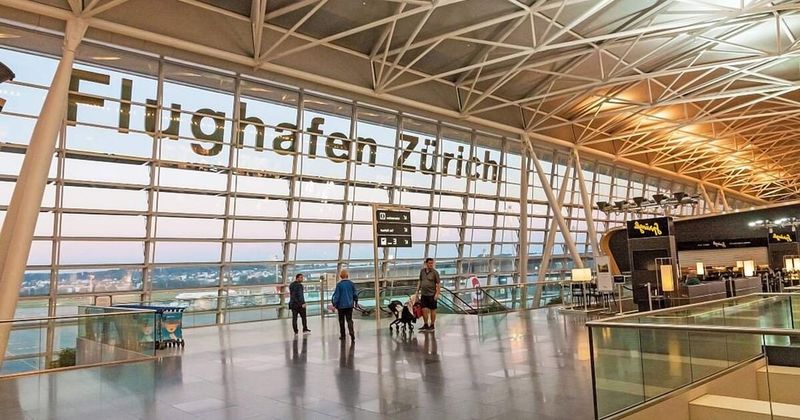
Swiss precision shines through every aspect of this meticulously organized travel hub. Zurich Airport connects seamlessly with the country’s legendary train system, allowing you to check bags through to your final destination.
Spotless bathrooms, chocolate shops at every turn, and observation decks make layovers enjoyable rather than tedious. The airport’s 15-minute promise guarantees your checked luggage will arrive that quickly after landing.
7. Istanbul Airport (IST)
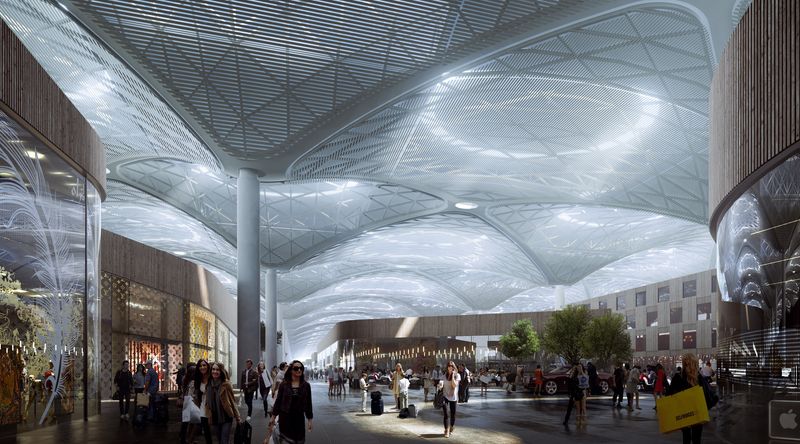
Architectural grandeur welcomes travelers to this sprawling gateway between Europe and Asia. Istanbul Airport’s soaring ceilings and Turkish-inspired design elements create a sense of place that many airports lack.
Opened in 2018, this massive hub handles over 90 million passengers annually with surprising efficiency. Local cuisine shines in the food courts, where you can sample authentic Turkish delights rather than settling for generic airport fare.
8. Kansai International Airport, Osaka (KIX)

Engineering marvels don’t get more impressive than an entire airport built on an artificial island in Osaka Bay. Kansai International features a mile-long terminal designed to withstand earthquakes, typhoons, and even sinking foundations.
The single-roof design by architect Renzo Piano makes navigation intuitive. Despite being surrounded by water, efficient train and bus connections get you to downtown Osaka in under an hour.
9. Dubai International Airport (DXB)
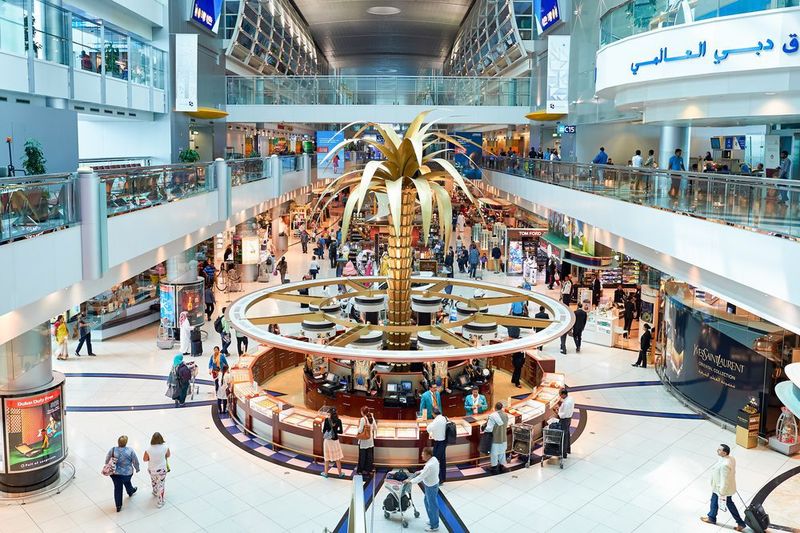
Midnight shopping sprees become reality in this 24-hour playground for international travelers. Dubai International handles more international passengers than any other airport, yet maintains impressive efficiency even during peak hours.
Gold vending machines, indoor tropical gardens, and sleeping pods cater to every type of traveler. The dedicated A380 terminal – the world’s largest single airport terminal – showcases Emirates’ commitment to luxury travel.
10. Helsinki-Vantaa Airport (HEL)
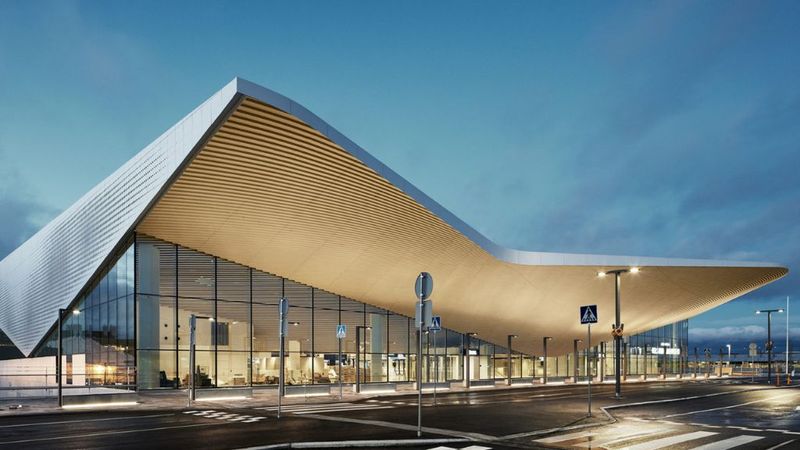
Nordic simplicity creates a calming atmosphere where stress seems to melt away upon arrival. Helsinki-Vantaa embraces Finnish design with wooden elements, clean lines, and art installations throughout its terminals.
Finnair’s efficient hub connects Europe and Asia with minimal walking distances between gates. Unique touches like the airport’s Finnish sauna allow travelers to experience local culture without leaving the terminal.
11. New York LaGuardia Airport (LGA)
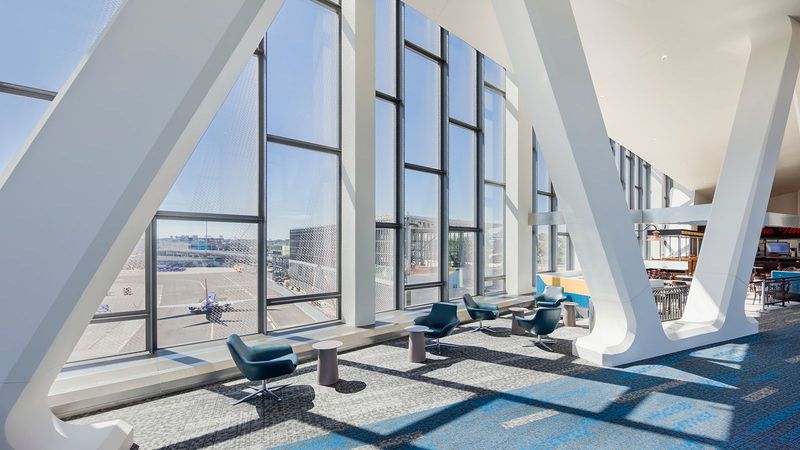
Notorious for decades as the airport time forgot, this aging facility has tested travelers’ patience with leaky ceilings and cramped corridors. LaGuardia’s ongoing billion-dollar renovation promises relief, but construction has created its own chaos.
Taxi lines stretch endlessly during peak times, while limited public transit options make reaching Manhattan a challenge. Former Vice President Biden famously compared it to “a third-world country” – and many travelers still agree.
12. London Luton Airport (LTN)
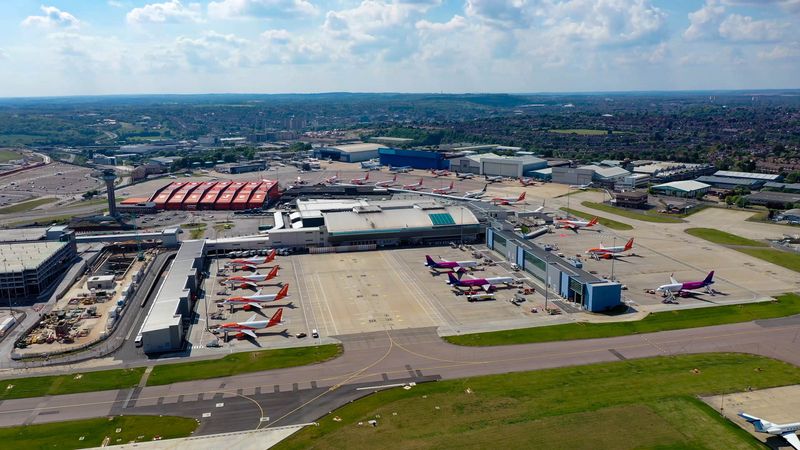
Budget travel reaches its logical conclusion at this bare-bones facility where comfort seems optional rather than standard. London Luton serves discount carriers but often fails to provide basics like adequate seating or clear directions.
The misleading name suggests London proximity, yet reaching the city center requires a shuttle bus followed by a train journey. During peak hours, security queues snake through the terminal while passengers balance on tiptoes looking for information screens.
13. Paris Beauvais Airport (BVA)
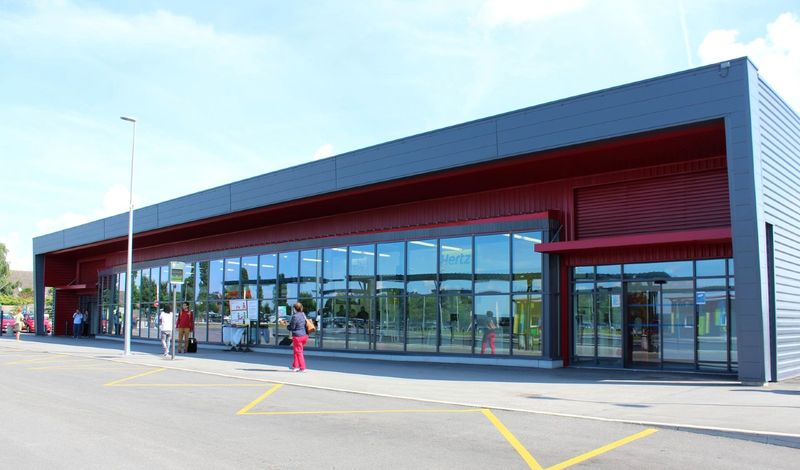
Marketing genius convinced budget travelers this remote airfield qualifies as a “Paris” airport despite sitting 53 miles from the Eiffel Tower. Paris Beauvais offers bare-minimum facilities that make even short waits feel eternal.
Reaching central Paris requires a 75-minute bus ride costing nearly as much as some budget flights. The tiny terminal becomes overwhelmingly crowded when multiple flights depart, with limited food options beyond basic vending machines.
14. Manila Ninoy Aquino International Airport (MNL)

Tropical heat becomes unbearable in terminals where air conditioning struggles against overcrowding and outdated systems. Manila Ninoy Aquino International Airport has earned its reputation for long immigration lines and confusing transfers between terminals.
Passengers often report waiting hours for luggage to appear on carousels. Despite serving a vibrant, modern city, the airport’s infrastructure remains stuck decades in the past, creating a challenging first impression for visitors.
15. Los Angeles International Airport (LAX)
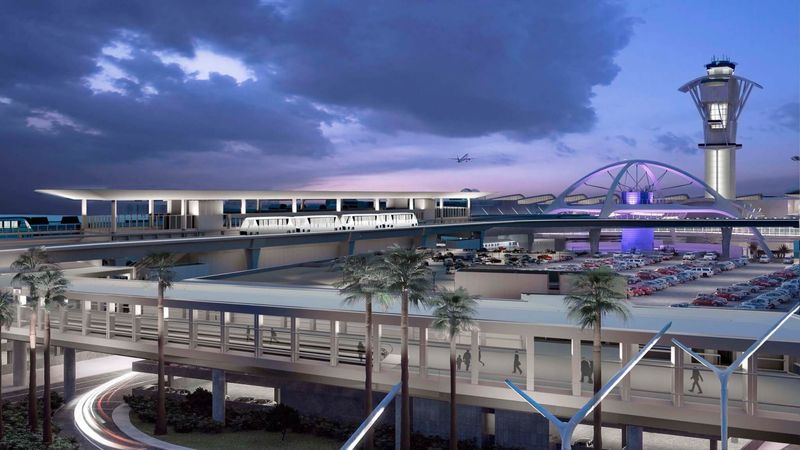
Hollywood glamour takes a backseat to traffic nightmares at this sprawling complex where getting between terminals can take longer than some flights. LAX’s disconnected horseshoe layout forces travelers to exit security and re-enter when changing terminals.
The iconic Theme Building stands as a mid-century modern landmark, but passenger experience remains firmly stuck in the past. Construction improvements promise eventual relief, but current travelers face congestion both inside and outside the terminals.
16. Chicago Midway International Airport (MDW)

Sardines have more space than passengers during peak hours at this compact urban airport where gates feel stacked on top of each other. Midway’s cramped concourses offer limited seating, creating a musical chairs scenario when flights delay.
Food courts concentrate in central areas, creating long lines and few quick options near distant gates. While the airport’s city proximity beats O’Hare for convenience, the dated infrastructure and limited amenities make for a challenging travel experience.
17. Berlin Brandenburg Airport (BER)
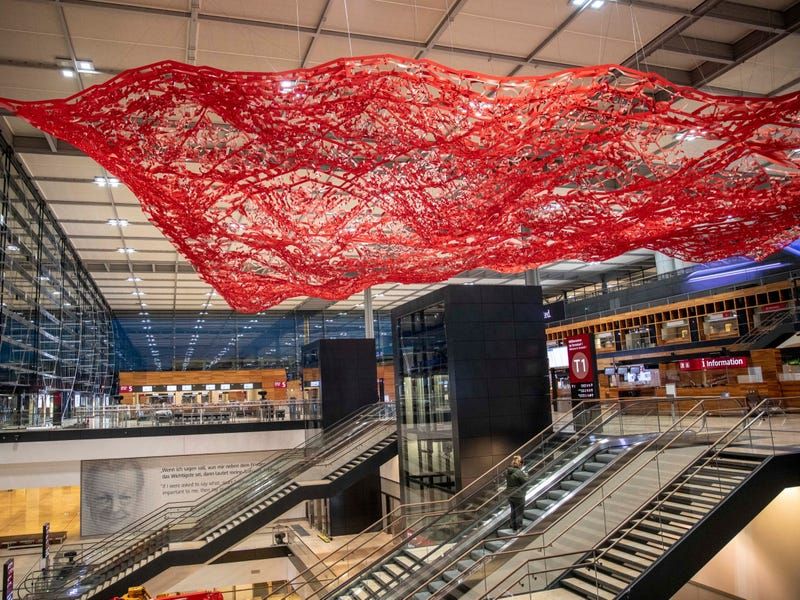
Nine years behind schedule and billions over budget, this German airport finally opened in 2020 only to disappoint waiting travelers. Berlin Brandenburg replaced the beloved Tegel but brought new problems: confusing layouts, long walking distances, and systems that still don’t work properly.
Locals joke it’s the only major project Germans couldn’t engineer efficiently. Despite its modern appearance, passengers report broken escalators, malfunctioning baggage systems, and surprisingly limited food options throughout the terminals.
18. Jeddah King Abdulaziz International Airport (JED)
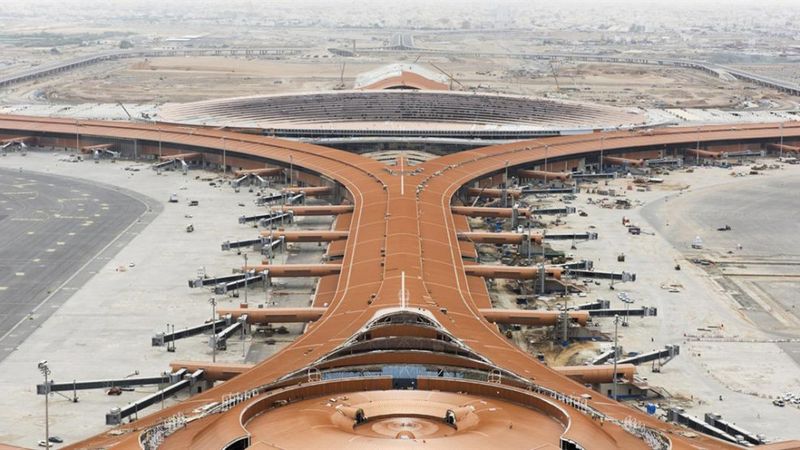
Pilgrimage season transforms this Saudi Arabian hub into a case study in overcrowding, with facilities stretched beyond capacity. King Abdulaziz International Airport’s older Hajj Terminal, despite winning architectural awards, struggles with basic cleanliness and comfort.
Passengers report confusing signage and limited English communication. The stark contrast between the lavish Royal Terminal for officials and the basic facilities for regular travelers highlights priorities that don’t favor the average passenger experience.
19. Santorini National Airport (JTR)
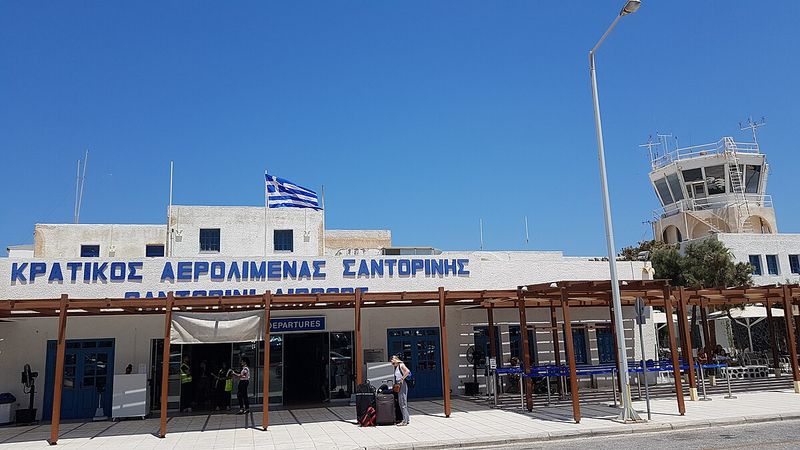
Paradise outside quickly fades from memory inside this overwhelmed island facility where summer tourists far exceed capacity. Santorini National Airport features a single small terminal where hundreds of passengers might stand shoulder-to-shoulder during delays.
Air conditioning struggles against Mediterranean heat and human density. The stunning views of blue waters upon landing are quickly forgotten as travelers face limited seating, minimal food options, and bathroom facilities that can’t handle peak crowds.
20. Newark Liberty International Airport (EWR)
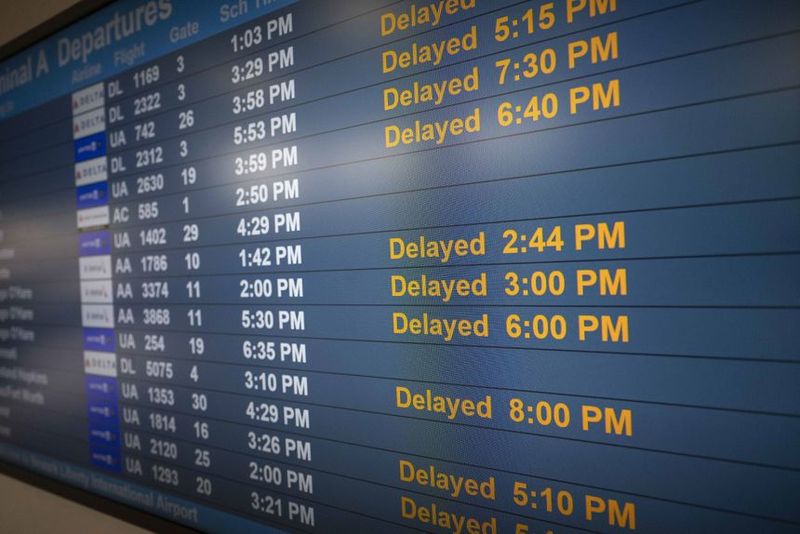
Dreaded by East Coast travelers, this aging facility combines delay-prone operations with terminals that feel perpetually under construction. Newark Liberty subjects passengers to narrow corridors, limited power outlets, and bathrooms that have seen better decades.
The AirTrain connecting terminals and parking often runs with frustrating delays. Despite serving a major metropolitan area, dining options remain surprisingly limited and overpriced, adding insult to injury when weather delays strand passengers for hours.
